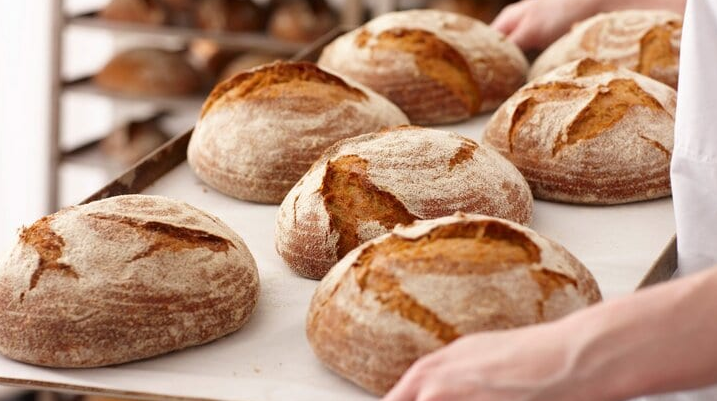When your tummy growls, and you can’t think of what to eat (or perhaps are too lazy to cook), bread seems to be the perfect solution. And did you know that bread is among the most popular and oldest foods in the world?!
Almost everyone baked their own white bread in the old days, and it made for the perfect accompaniment with soups and curries. Today, however, the situation has slightly changed.
With time and health awareness, people have switched to different varieties of bread, and truth is told, there’s a mind-boggling assortment available in the markets – multigrain, yeast-free, sprouted, gluten-free, sourdough, sugar-free, and whatnot! But when sifting through these choices, understanding which one is actually the healthiest can be tricky.
Hmm, that thought makes you pause and think, doesn’t it? Well, worry not, ‘coz we’re here to help. Just follow these tips the next time you visit a grocery store, and we bet you’ll end up with the ideal loaf.
Look for readable labels
Nowadays, everybody is selective about their macro and micro intake, and your bread should face the same scrutiny. Whenever you buy a pack, check whether or not you can read the nutrition facts written on the label. They provide information about how many nutrients one loaf contains.
What you should be paying attention to is the “Percent Daily Value” (PDV) column. FYI, this depends on an average’s diet of 2000 calories. In a slice of bread, an ingredient or nutrient’s PDV should lie within 5% to 15%. Moreover, the salt or trans-fat content should be less than 5%.
Use more whole-grain bread
This almost goes without saying – always choose bread made from 100% whole grains because it has lots of health benefits. It’s packed with vitamins, trace minerals, antioxidants, and phytochemicals. What’s more, it’s packed with a lot of fiber, which helps build healthy gut bacteria and remove excess hormones and waste from the body.
Beware of high sugar content
People often fail to notice the high sugar content in bread. While multigrain and whole-grain breads (both are different) may carry natural sugars like lactose, which aren’t excessively harmful, you should be aware of artificially added sugars emulsifiers as they cause harm when used regularly.
How good is gluten-free bread?
Unless you follow a specific diet or suffer from celiac disease, you don’t need to worry about gluten-free bread. All grains have some amount of gluten which helps in making the bread dough elastic.
Companies that make gluten-free bread add artificial binders, which can hamper the taste of the bread. Plus, gluten-free bread is more expensive than regular whole-grain or multigrain bread.
Summing it up
Many of us overlook buying healthy bread because we think it doesn’t make a difference. In reality, consuming large portions of unhealthy bread regularly can result in chronic diseases.
Therefore, try to buy nutrient-rich food (even if it’s off-the- shelf), including healthier bread to ensure optimum nutrition for your family.


